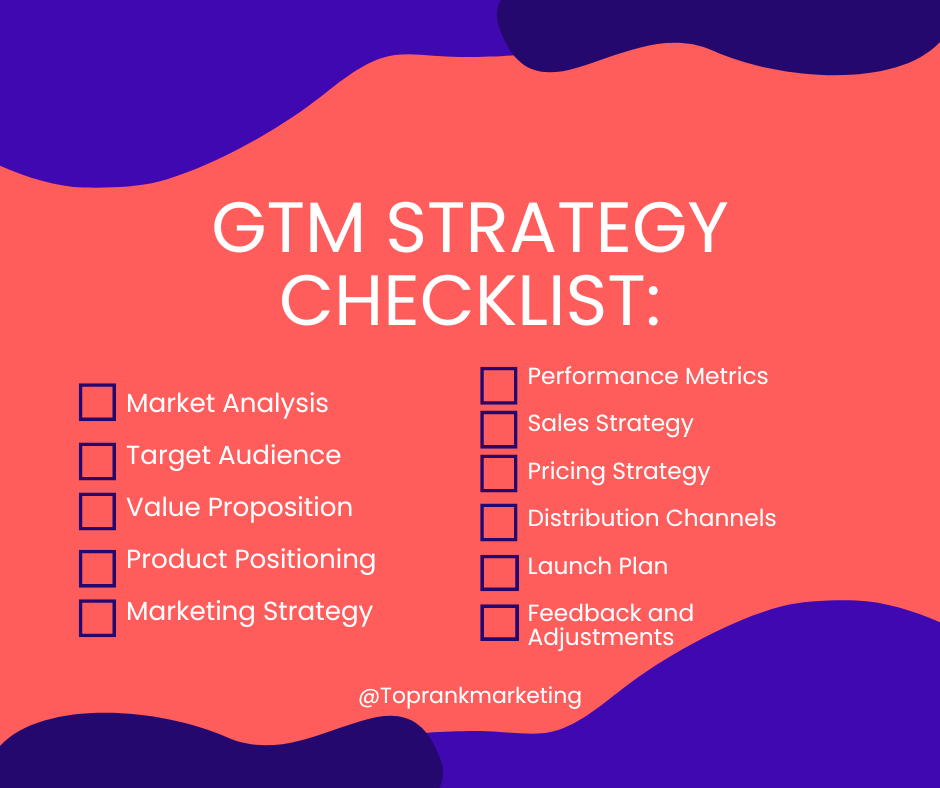Don’t Build a B2B Go-To-Market Strategy Without These 7 Components

By Joshua Nite
Q: Why did one little piggy’s business do much better than the others?
A: He had a good go-to-market strategy.
All jokes aside, a solid go-to-market (GTM) strategy can make the difference between a successful product launch and a misfire. If you’re not honing your strategy, you might as well stay home. (And have roast beef. Okay, that was the last one, promise).
Recent research shows that only 30% of marketers say their GTM strategy is “very effective” at driving revenue and achieving business objectives. If you’re in the other 70%, here’s what you need to know about GTM strategies for B2B marketers.
What is a B2B go-to-market strategy?
A B2B go to market (GTM) strategy is a comprehensive plan that outlines how a company will launch a product or service — essentially how to introduce this new solution to the most valuable audience. A good GTM strategy will:
- Identify a target market
- Demonstrate how the solution meets customer needs
- Define the unique value proposition compared to the competition.
The strategy should also include the sales and marketing tactics that will be used to attract and retain customers, as well as key performance indicators (KPIs) and the metrics to measure them.
Ultimately, the goal is to coordinate every part of the business to work towards common goals, making the rollout efficient and as effective as possible.
What should be included in a B2B go-to-market strategy
These key elements will help ensure your GTM strategy is comprehensive and thorough enough to be a valuable guide for the entire business.
1. Market research
A successful strategy starts with a thorough understanding of both your audience and current market conditions, including:
Audience analysis
It’s important to identify your target audience and segment by relevant demographic distinctions. You might include demographics like business size and industry for accounts, then narrow down to individuals within these businesses by role, seniority and job title.
Collect your audience information through surveys, interviews and data analytics.
Competitor analysis
What your competitors are doing – what’s working and what isn’t – is a key part of understanding the current market. Analyze competitors’ products, positioning, marketing and customer response.
2. Value proposition
Why should people buy your solution instead of a competitor’s? Why should they buy your solution instead of taking no action at all? Your value proposition should clearly address these two questions by listing:
Customer pain points
Start by detailing the needs and challenges of your target audience. It’s a good idea to conduct customer interviews and surveys to understand their pain points on a fundamental level.
Unique selling points (USPs)
Show how your solution addresses the specific needs and pain points you’ve uncovered. These selling points should be as specific, clear and concise as …read more
Source:: Top Rank Blog









